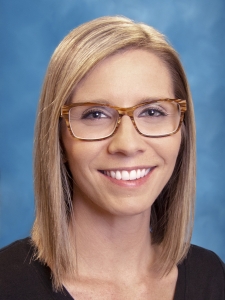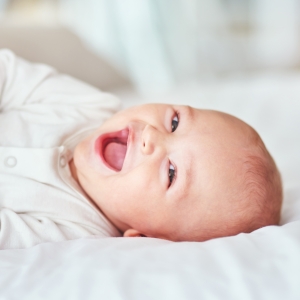By JENNIFER CIPRIANO

Sleep is essential for babies, as it directly affects physical and mental development – and there is nothing sweeter than a sleeping baby, particularly for exhausted parents!
Sadly, there are about 3,500 sleep-related deaths among U.S. babies each year and unfortunately, many of these deaths could have been prevented.
October is Infant Safe Sleep Awareness Month. What steps can parents and caregivers take to help create a safe sleep area for their little one?

Do:
- Lay your baby on his or her back for every sleep – both for naps and at night.
- Use a safe crib, bassinet or playpen.
- Use a firm mattress covered with a tight-fitting crib sheet.
- Keep your baby’s sleep area in the same room where you sleep until he or she is at least 6 months old, or ideally until your baby is 1 year old. Room-sharing decreases the risk of Sudden Infant Death Syndrome by as much as 50% (see the American Academy of Pediatrics updated 2016 recommendations).
- Keep your baby’s sleep area bare.
- Offer a pacifier at naptime and bedtime.
- Make sure nothing is covering your baby’s head.
Do Not:
- Do not use soft bedding, bumpers, pillows, blankets or soft toys. Soft bedding and toys can block a baby’s airway during sleep.
- Do not expose your baby to smoke, illicit drugs or alcohol.
- Do not lay your baby on his or her side or stomach to sleep.
- Do not use home monitors or devices marketed to reduce the risk of SIDS, including wedges and positioners.
- Do not place your baby on a couch, sofa or cushioned chair to sleep (with or without you), as these surfaces are extremely hazardous.
By following safe sleep recommendations, you can create a safer sleeping environment for your baby.
Sources: CDC, Safe Kids Worldwide, American Academy of Pediatrics,
U.S. Department of Health and Human Services
About the Author
Jennifer Cipriano, BSN, RN, CMSRN, is the Trauma Continuum of Care Coordinator for Lakeland Regional Health and is a Certified Child Passenger Safety Technician.
